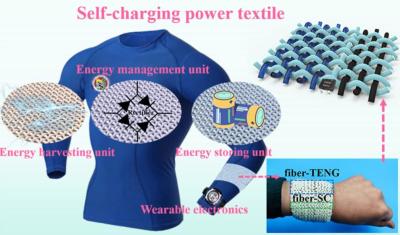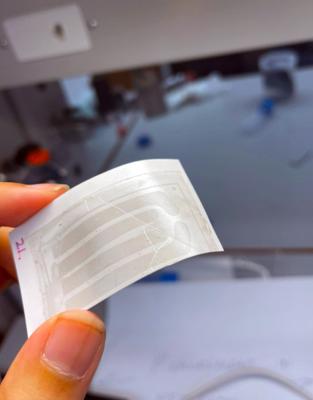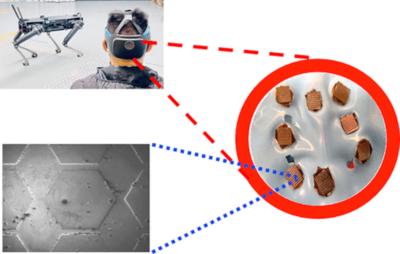Researchers design wearable skin sensor that can wirelessly detect the presence of CRP in sweat
Researchers from California Institute of Technology (Caltech), The Lundquist Institute for Biomedical Innovation at Harbor-UCLA Medical Center, University of California Los Angeles and Cedars-Sinai Medical Center have designed a wearable and wireless patch for the real-time electrochemical detection of the inflammatory biomarker C-reactive (CRP) protein in sweat. CRP is secreted by the liver and is commonly associated with inflammation. Its presence in the bloodstream strongly indicates an underlying health condition. CRP is much more difficult to detect because it is at a much lower concentration than other biomarkers.
The device integrates iontophoretic sweat extraction, microfluidic channels for sweat sampling and for reagent routing and replacement, and a graphene-based sensor array for quantifying CRP (via an electrode functionalized with anti-CRP capture antibodies-conjugated gold nanoparticles), ionic strength, pH and temperature for the real-time calibration of the CRP sensor.


